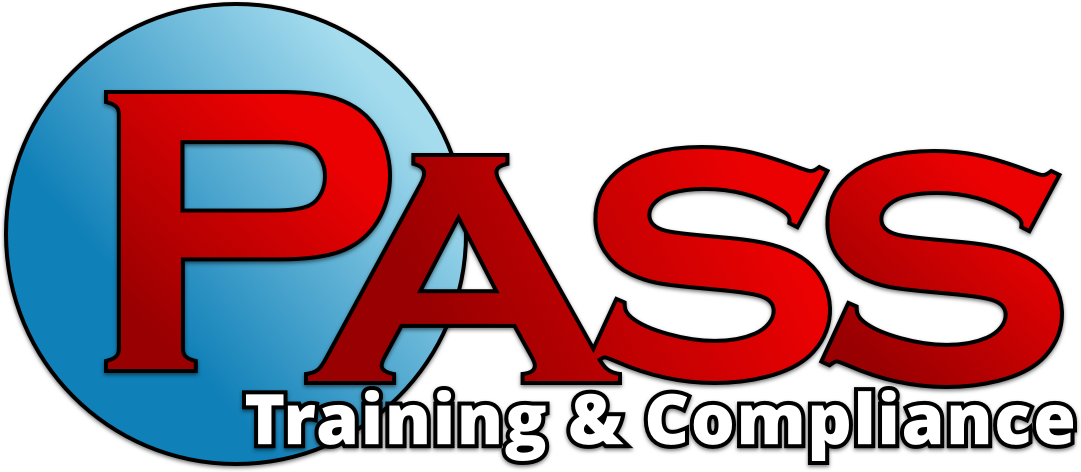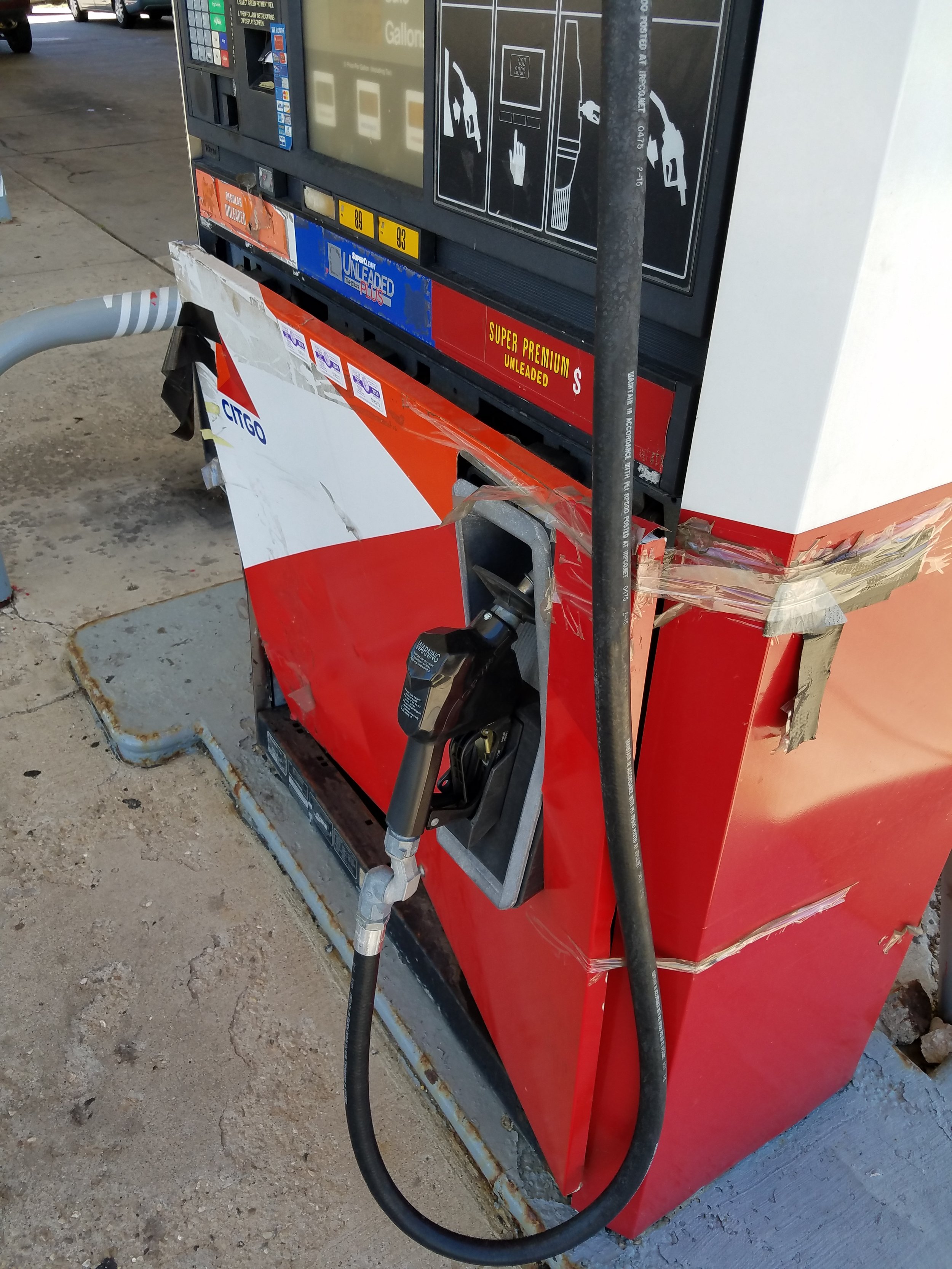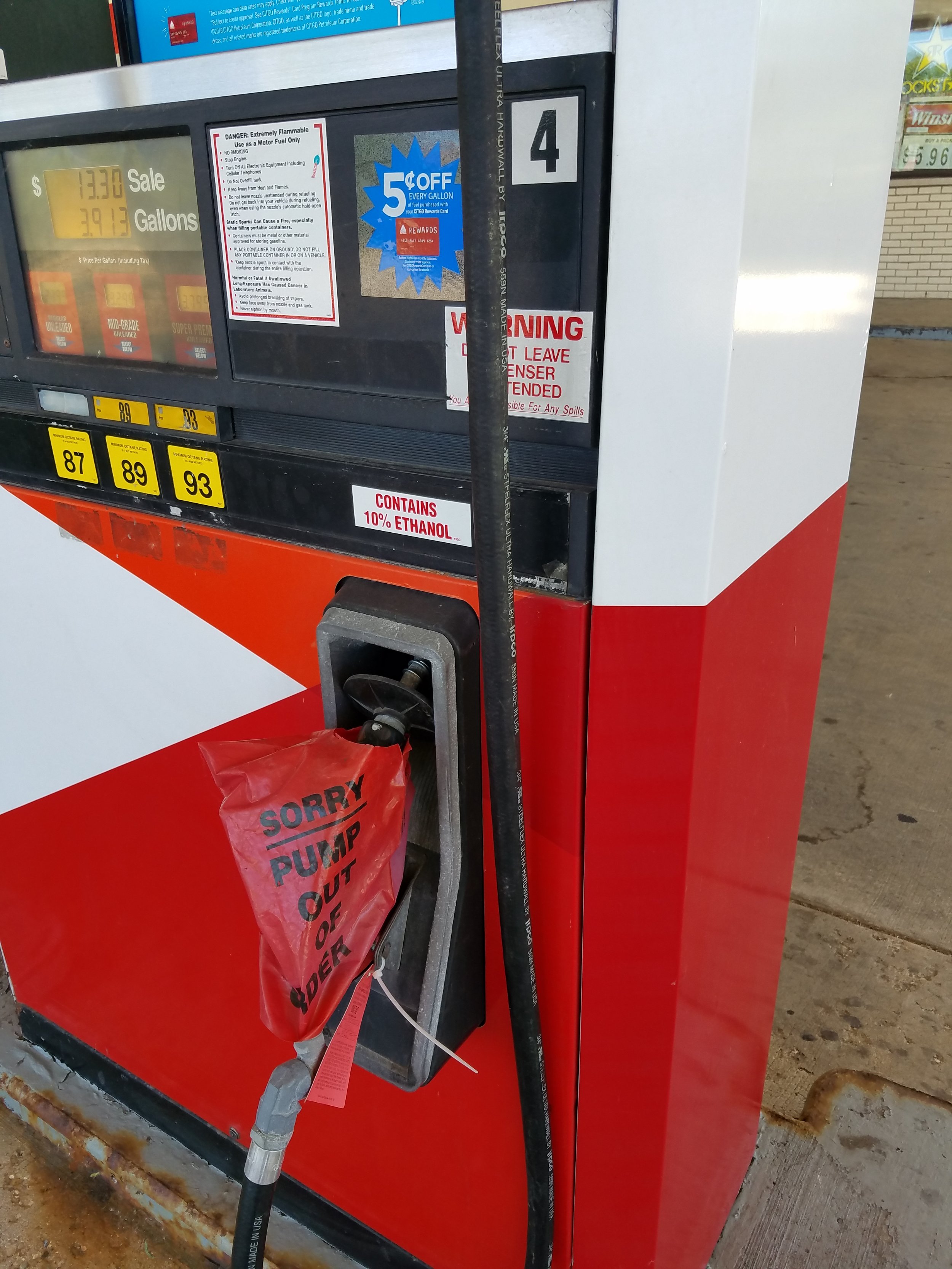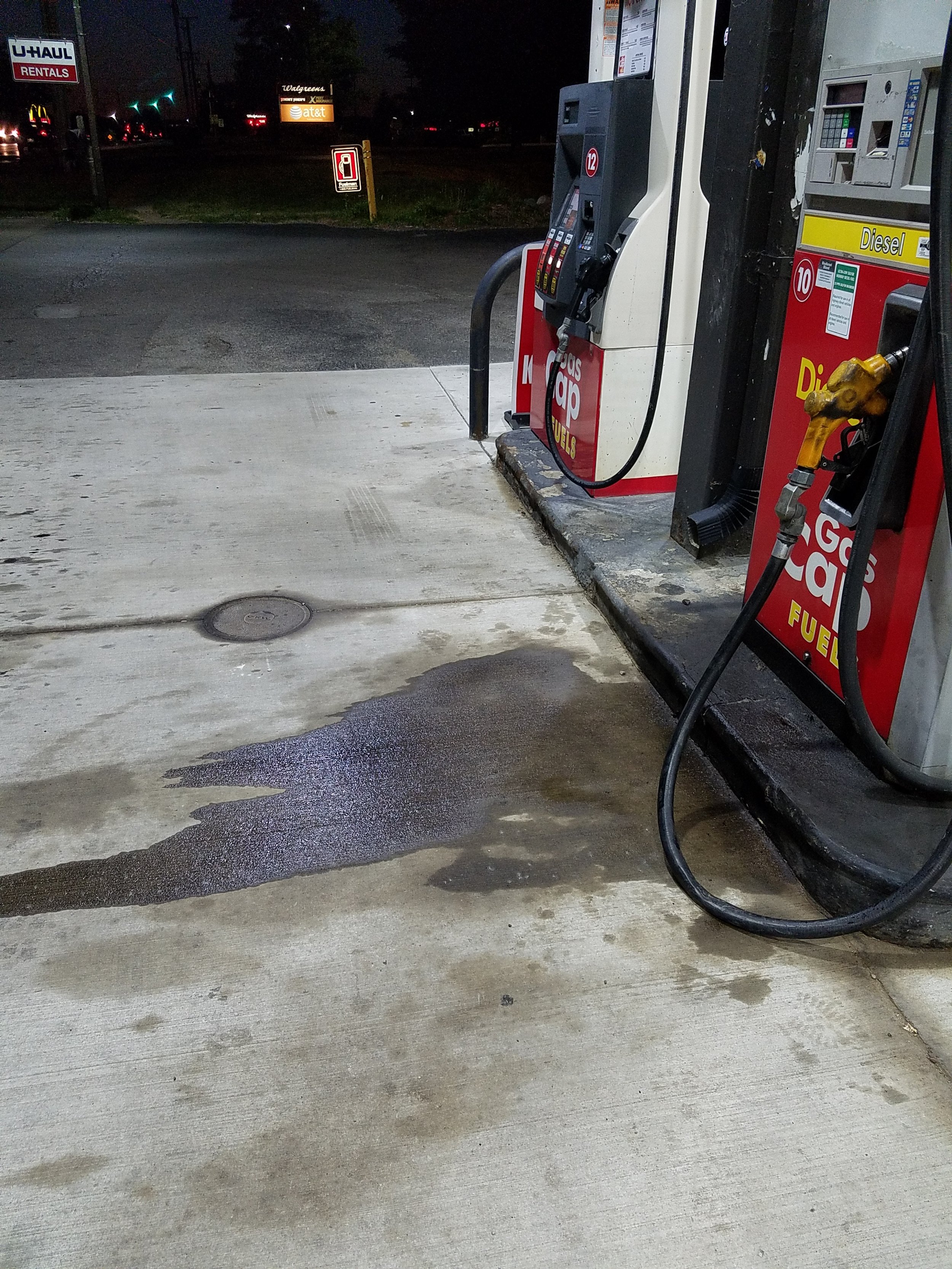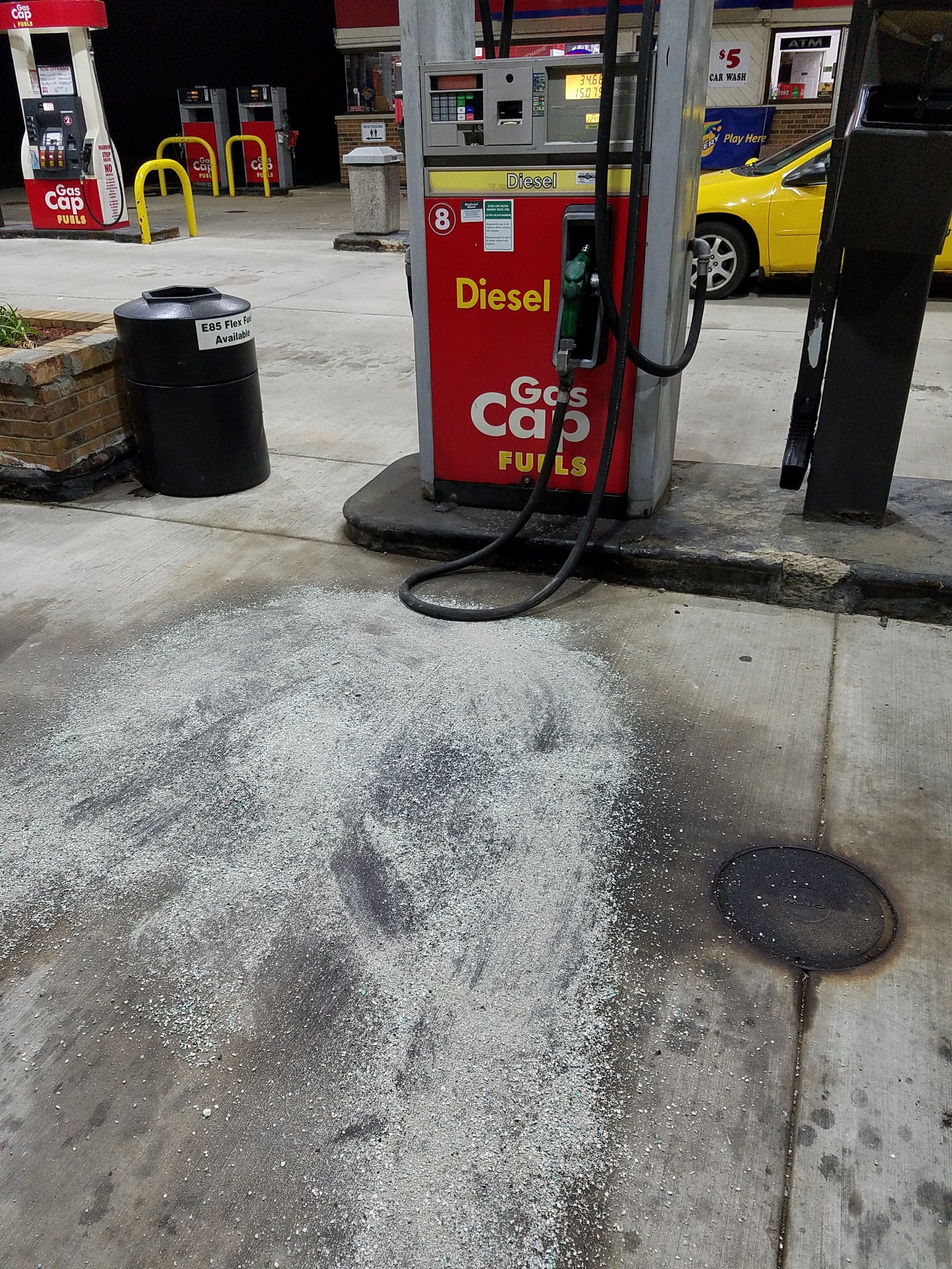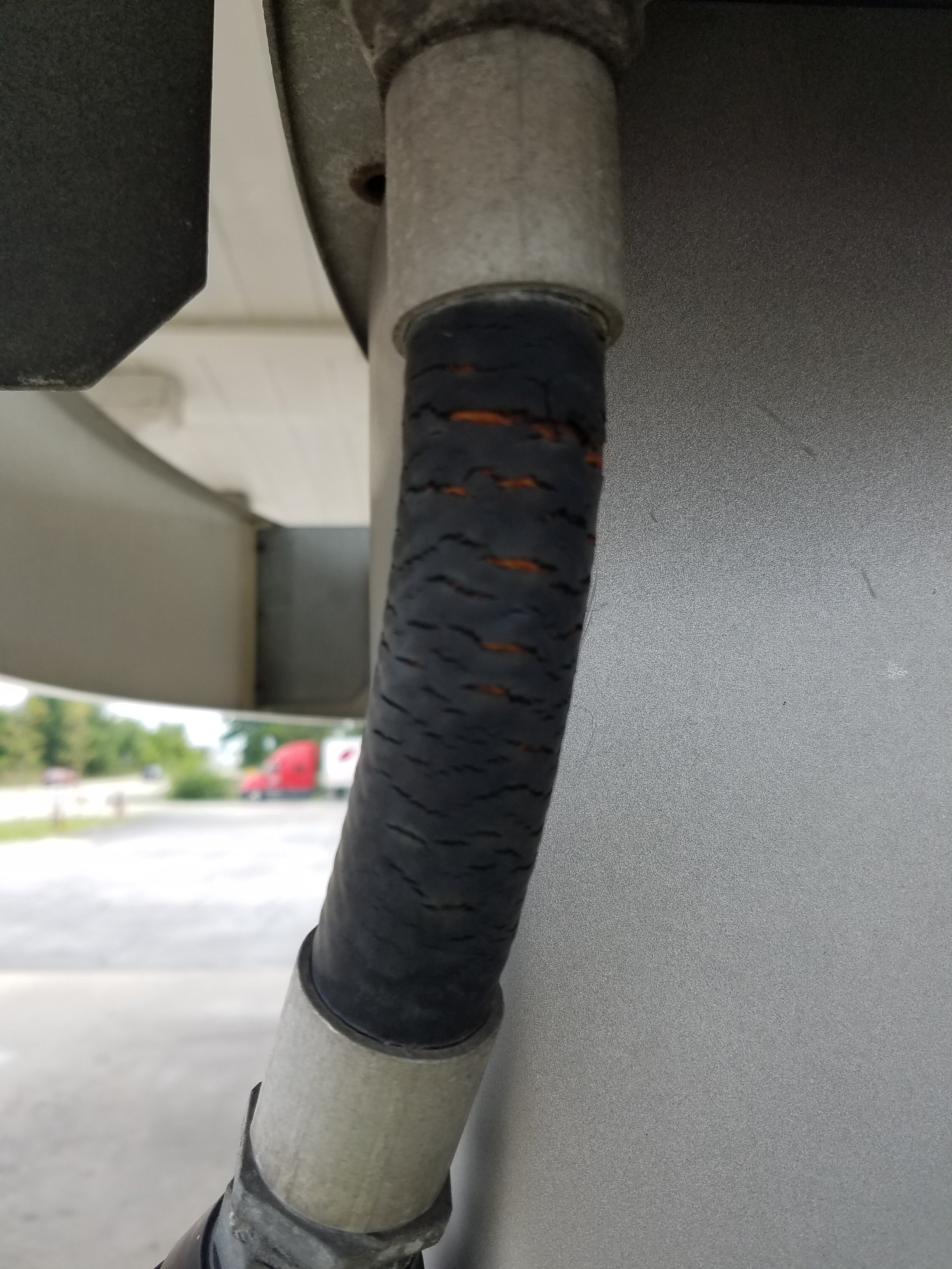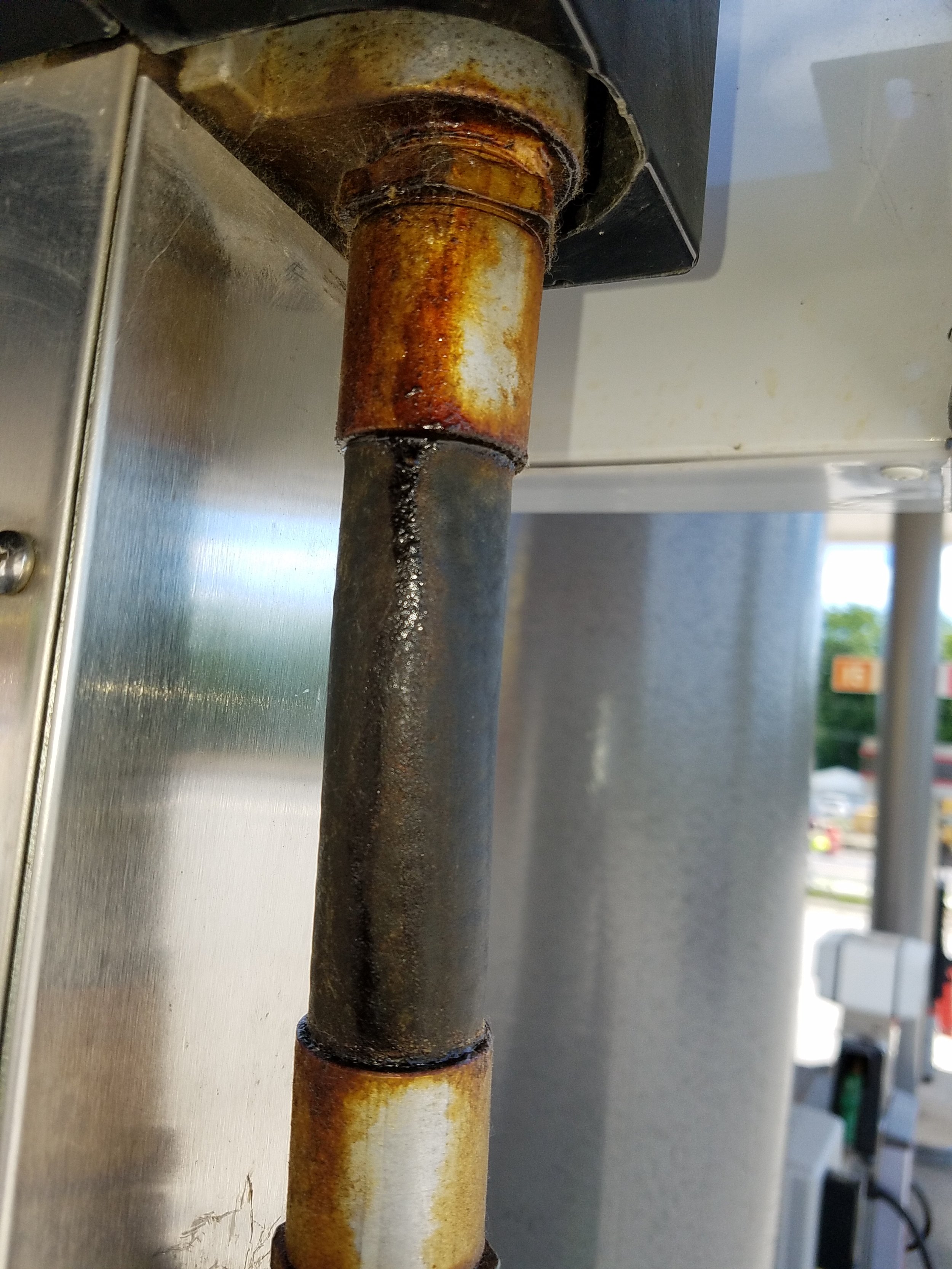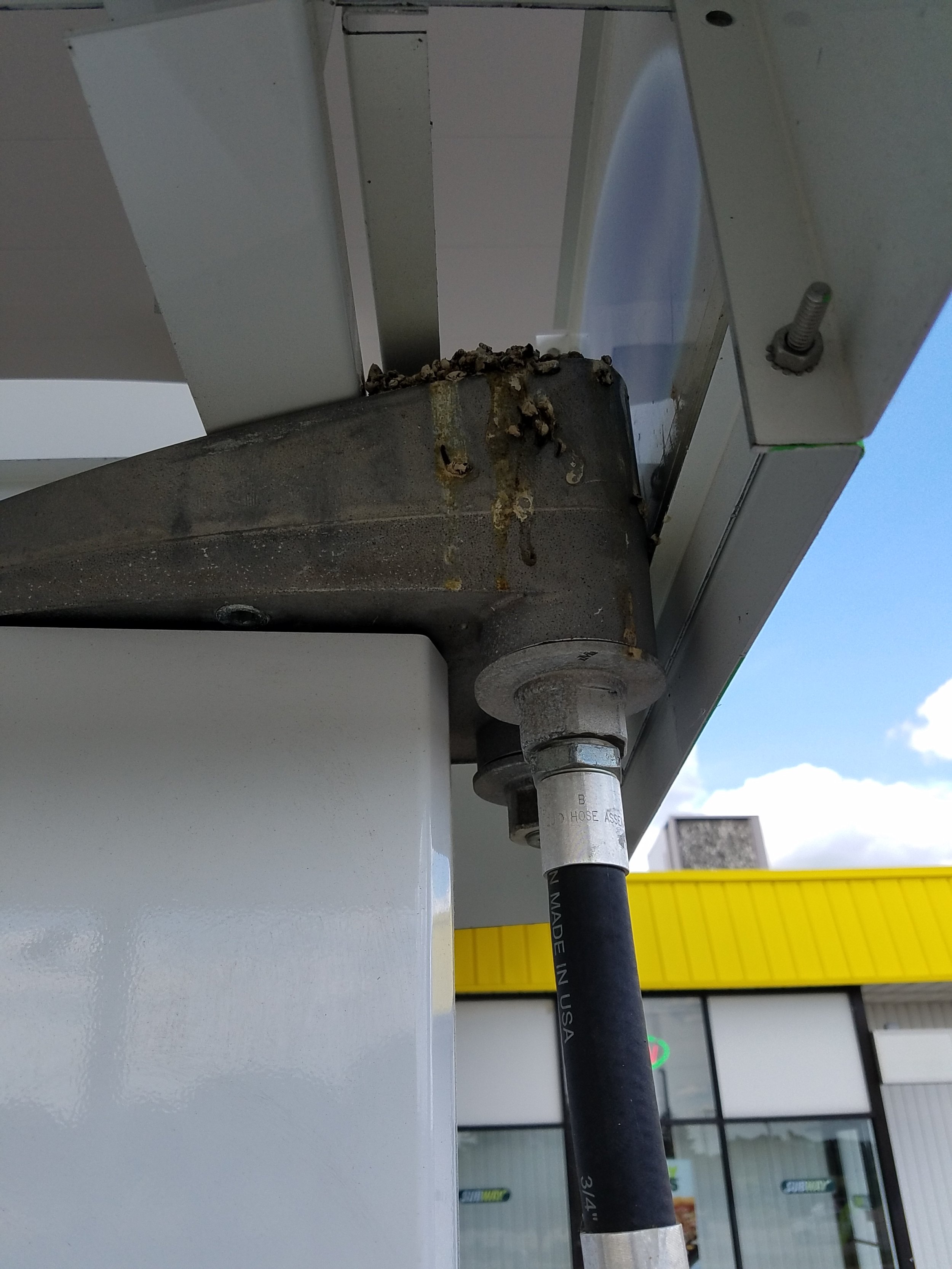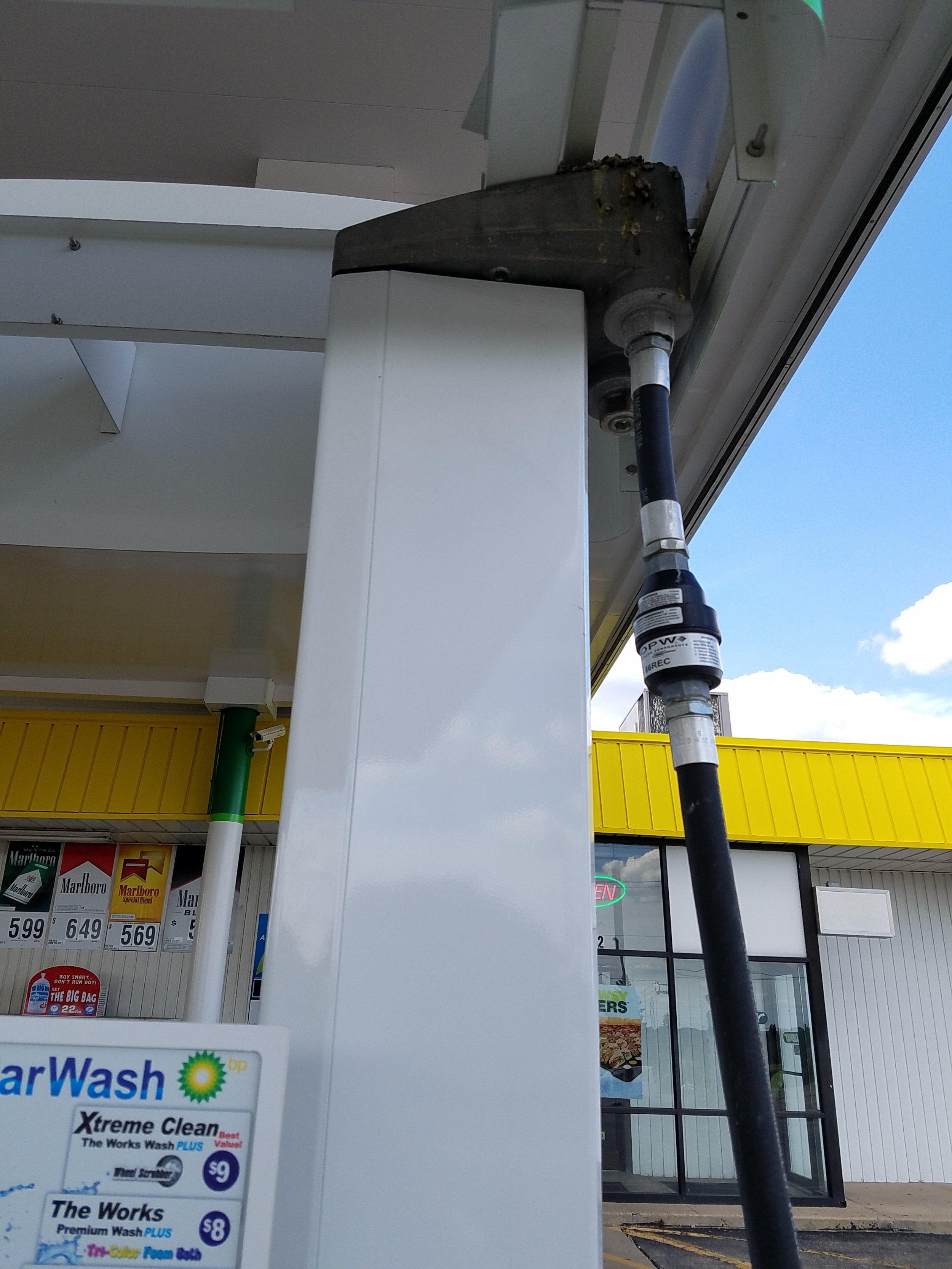Keep an Eye on your Hanging Hardware
Hoses and nozzles are a few of the first pieces of equipment a customer will interact with. It is important to ensure that this equipment is representative of the quality of the station. Poorly maintained hanging hardware could be an indicator for customers to purchase their fuel at another competitor.
We are often asked in what condition a hose is not acceptable anymore, and while there are no true indicators of fatigue with hanging hardware, there are signs to look for to judge when to replace them.
Hanging hardware starts with the Whip coming out of the dispenser. The whip is typically around 8 inches long and is designed to take the brunt of the wind or manipulation of the hose. This piece will start indicating it is bad when the rubber “skin” cracks and flakes away. This part must be replaced immediately if you can see the cording under the rubber.
The breakaway is designed to be a release point in case the hose is stressed. This typically happens when a motorist forgets to replace the nozzle and drives off with the hose attached to their vehicle. If this happens to you, please clean up the spill according to your A/B or C training, and DO NOT reconnect the hose. We understand that most breakaways are made to be reusable, but please let a trained professional inspect the used device to ensure it is still suitable. This will limit the liability of a potential leak. Operators will need to mark that pump out of order with appropriate signage and schedule for your service provider to replace this unit. Breakaway units typically have a lifespan and must be replaced per manufacturer specifications periodically. The main reason is that the equipment is made from materials that, over time, will wear due to its interaction with petroleum products.
The hose is designed to be durable and withstand quite a lot. The biggest problem we typically see with hoses is them being too long. If a hose touches the concrete pad, it is incorrect. The hose should rest just above the island pad when the nozzle is properly hung in the dispenser. If the hose is left too long, it will be in jeopardy of being run over by customers pulling up and away from the pumps.
The swivel is a very common part and is represented by vast numbers of companies, new and old. A good swivel will be stiff but still allow the manipulation of the handle to untangle itself. This is a common point of leaking or weeping. Signs of this will manifest themselves as a sheen or be visible by dripping on the concrete pad. Any petroleum smell from this part should indicate that it has failed and should be replaced immediately.
The handle is currently the most innovative piece of the customer experience. Newer handles will stop the dispensers from running if they indicate a person is trying to top off their tank. This prevents accidental over-fills and protects your local environment. A quality handle will do as previously mentioned, as well as take a beating over the course of its few years of service. Signs that a handle needs to be replaced could be that the handle sticks when engaging or disengaging the mechanism, the customer complains of fuel on their hands after fueling, or you see visible indications of a leak or dripping from a hanging nozzle.
A reminder to keep your hanging hardware and the corresponding dispenser cabinets well maintained, a clean pump speaks volumes about the organization when the customer arrives, and properly maintained equipment also limits the liability of spills or overfills and makes the station look better overall.
